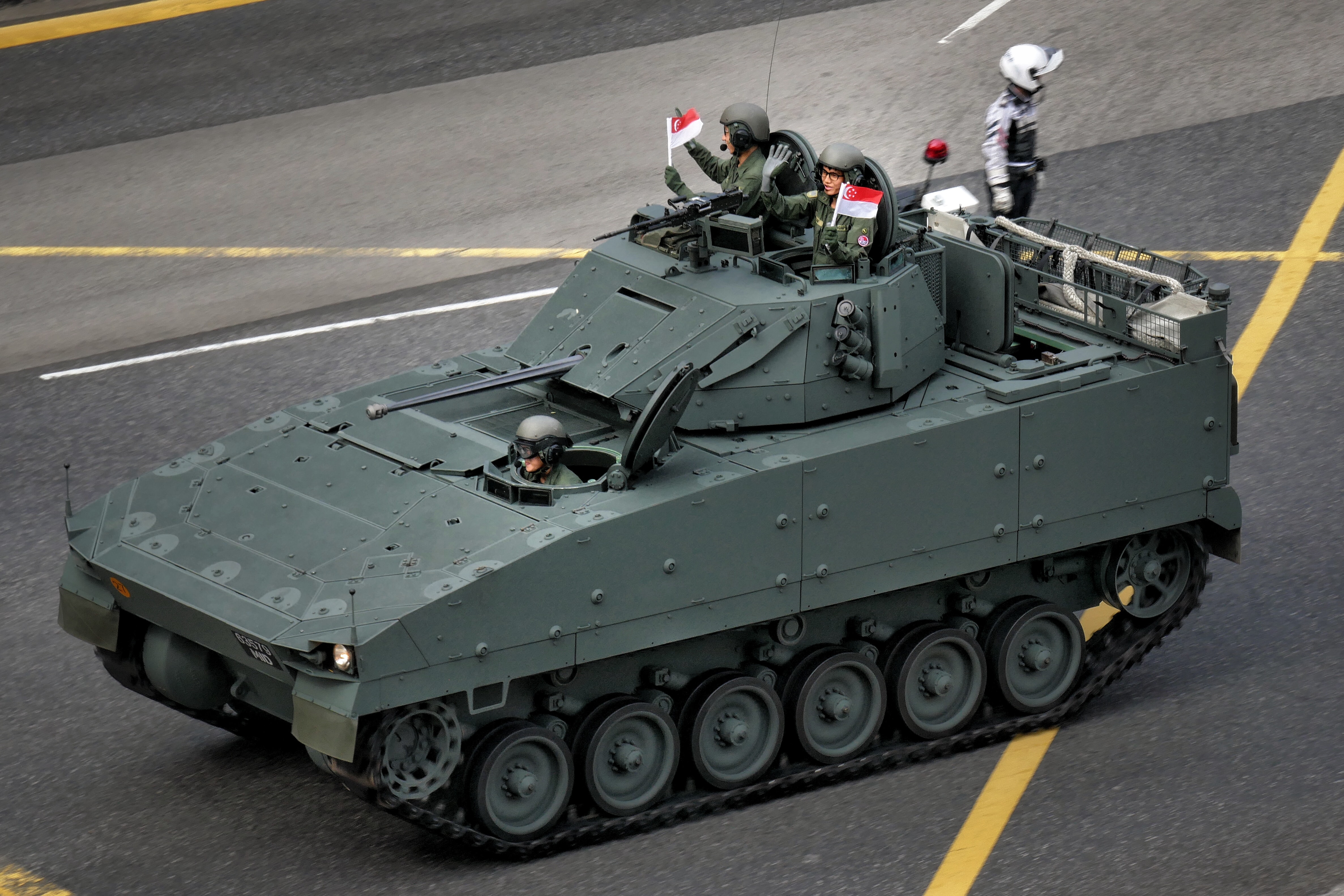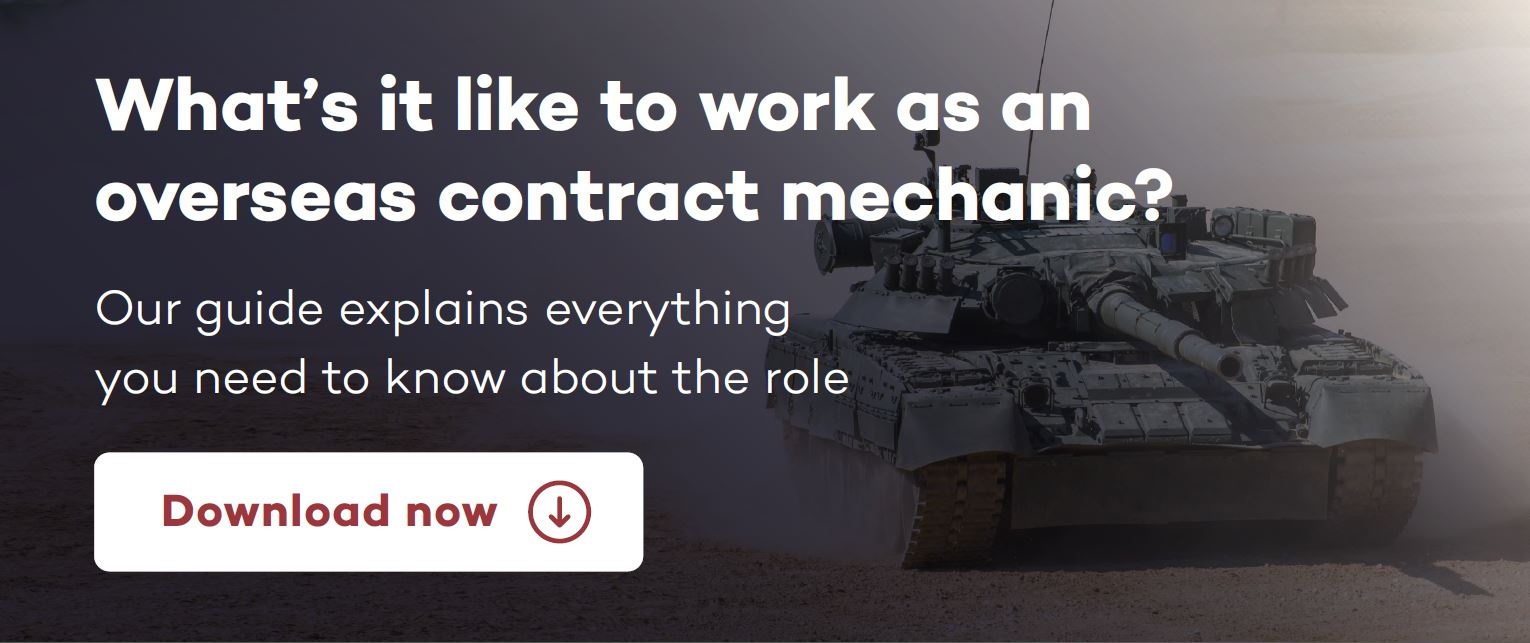What is a Boxer armoured fighting vehicle and what does it do?
Although the Boxer originally entered production back in 1993, it has become especially newsworthy recently due to the shutters being brought down on the Warrior update.
With the Warrior project being cancelled by the government in late March as part of its defence, security and foreign policy review, the Boxer armoured fighting vehicle is set to fill the gap in the Armed Forces’ inventory as the army’s new state-of-the-art armoured fighting vehicle.
As things stand, the first production vehicles are expected to enter trials and training in 2023 for an initial operating capability by 2025, and full operating capability by 2030. The variants on order include the Infantry Carrier, Specialist Vehicle, Command Variant, and Ambulance.
Learn more about the Boxer armoured fighting vehicle below...
History
As we mentioned above, the Boxer started in 1993 as a joint venture design project between Germany and France, with the UK joining in 1996. In November 1999, a £70 million contract for eight prototype vehicles was awarded; however, the UK left the Boxer programme in July 2003.
In 2018, the UK announced that it was not only re-joining the programme, but also that the Boxer had been selected by the British Army to meet its Mechanised Infantry Vehicle requirement.
In November 2019, the UK Ministry of Defence awarded ARTEC a £2.3 billion contract to deliver more than 520 Boxer vehicles in multiple configurations, which will operate alongside Ajax, Challenger tanks and Apache helicopters as part of a ‘networked combat system of systems operating concept.’
Foundations and technology
The Boxer armoured fighting vehicle is an 8x8 wheeled, all-terrain, armoured transport vehicle that measures 10ft wide and 26ft in length.
Weighing up to 38.5 tonnes, it has an 800bhp Power Pack with an MTU Engine and can reach speeds of up to 70mph on roads – which means it can follow any modern battle tank over any terrain.
It can deploy rapidly over long distances and across varied terrains, and its unique ‘Mission Module’ architecture means it can be rapidly reconfigured to fill different roles on the battlefield, from carrying troops across deserts to treating injured personnel on the journey to hospital.
Cutting edge threat detection technology includes 360-degree high-definition long range cameras attached to the outside of the vehicle to scan for enemy threats even at speed, whilst the Boxer is also fitted with air conditioning so it can operate in extreme temperatures.
Finally, the Boxer has a nuclear biological and chemical (NBC) protection system to counter threats, and the construction of the Boxer also provides ballistic and blast protection.
Crew
Depending on the variant, the Boxer armoured fighting vehicle can carry a variety of different crew. The infantry carrier has a crew of 11, including one driver, one commander, one weapon and eight soldiers, the Command has a crew of seven, whilst the specialist carrier has a crew of eight.
Finally, the ambulance can fit a crew of three plus up to seven seated, two stretchered and three seated, or three stretchered and three seated, depending on what is needed.
Opportunities with M&E Global
At M&E, we have plenty of opportunities for mechanics interested in overseas contract work who want to work on exciting equipment, further their careers and develop their skill set.
From Europe to the Middle East, we have contracts in a number of different countries, including the opportunity to work on vehicles such as Challenger tanks, M1 tanks, Humvees and even Bradley Fighting Vehicles.
Don’t miss this blog to discover how overseas contracting and working on iconic vehicles can help to maximise your career, or to find out more about our current vacancies and take your career up a gear, contact our team today.

